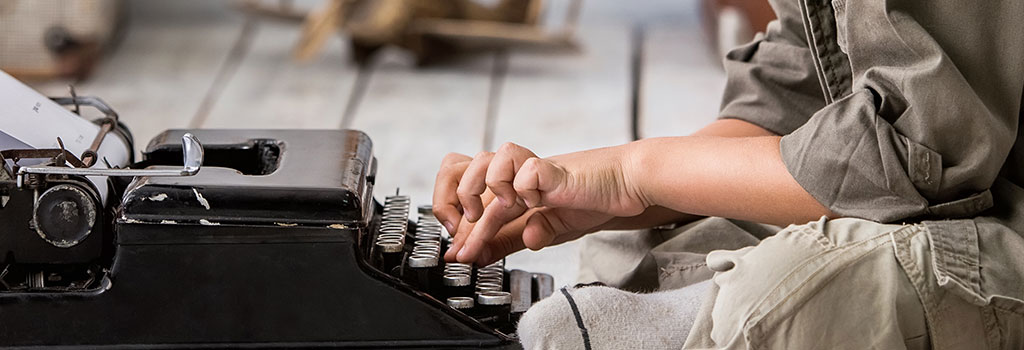One of the questions which often comes to mind when putting together a new self-build is which flooring to choose, with many people wanting the most eco-friendly, energy efficient choice for their new home.
With this in mind, a solid or engineered wood floor may be your best choice, with both options offering a sustainable way to ensure your new home has an ideal flooring solution.
One of the best things about a wood floor is that it’s naturally renewable, and so with careful management, the forest from which it comes can supply huge amounts of building materials without being depleted over time.
The manufacturing techniques involved in engineered wood flooring are becoming more and more efficient, as the boards can be made from types of wood that are not currently utilised in solid wood flooring. Once its laid, it’s almost impossible to tell the difference between a solid or engineered wood floor, and as the slightly cheaper option engineered wood flooring really is the ideal choice for your eco-friendly home.
With both solid and engineered floors, they are, as explained, a natural product and so it’s likely that you’ll find natural variation in terms of the pattern and colouring of your flooring. The amount of variation which is deemed acceptable depends on the grade of the wood you choose. The AB or Prime grade gives extremely consistent colour throughout the planks and minimal variation. The ABC or Select grade has a consistent colour but some variation and knots in the wood may be noticeable. Finally the CD or Rustic grade has a wide variation of colour and knots, which may sound unattractive, but actually gives a real warmth and vintage look, making it ideal for homes which are going for that vibe.
Of course, engineered wood floors have longevity in their favour, with their ability to be sanded down and refinished at least once, making them look brand new once more. The sanding process should be done carefully however, especially on planks which have a 2mm wear layer, as these can only be done once. You should only need to sand down after ten years of use though, especially if you have gone for a lacquered finish.
When it comes to energy efficiency, if you’re worried about it, then there are several ways in which you can enhance the levels of efficiency.
Over the years, natural flooring products can move creating little gaps and spaces which are a result of expansion and contraction, these gaps allow cold air to pass through them. The way to combat this is to install the correct calibre of underlay, and doing this could save you up to 15-20% on your heating costs as no heat will get lost.
With wood flooring giving a great balance of longevity, sustainability and being eco-friendly, it would be an ideal choice for the green self-builder.


